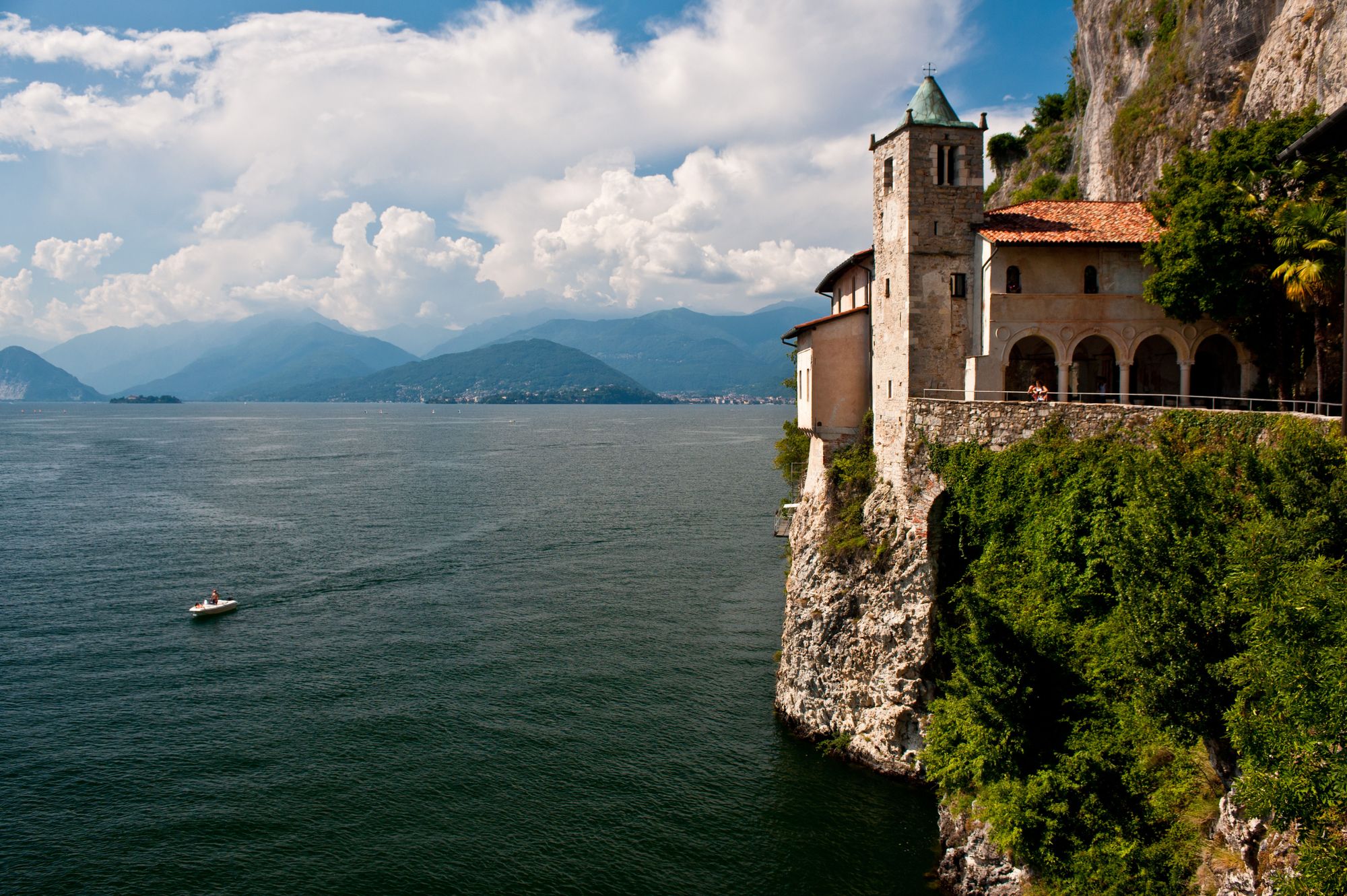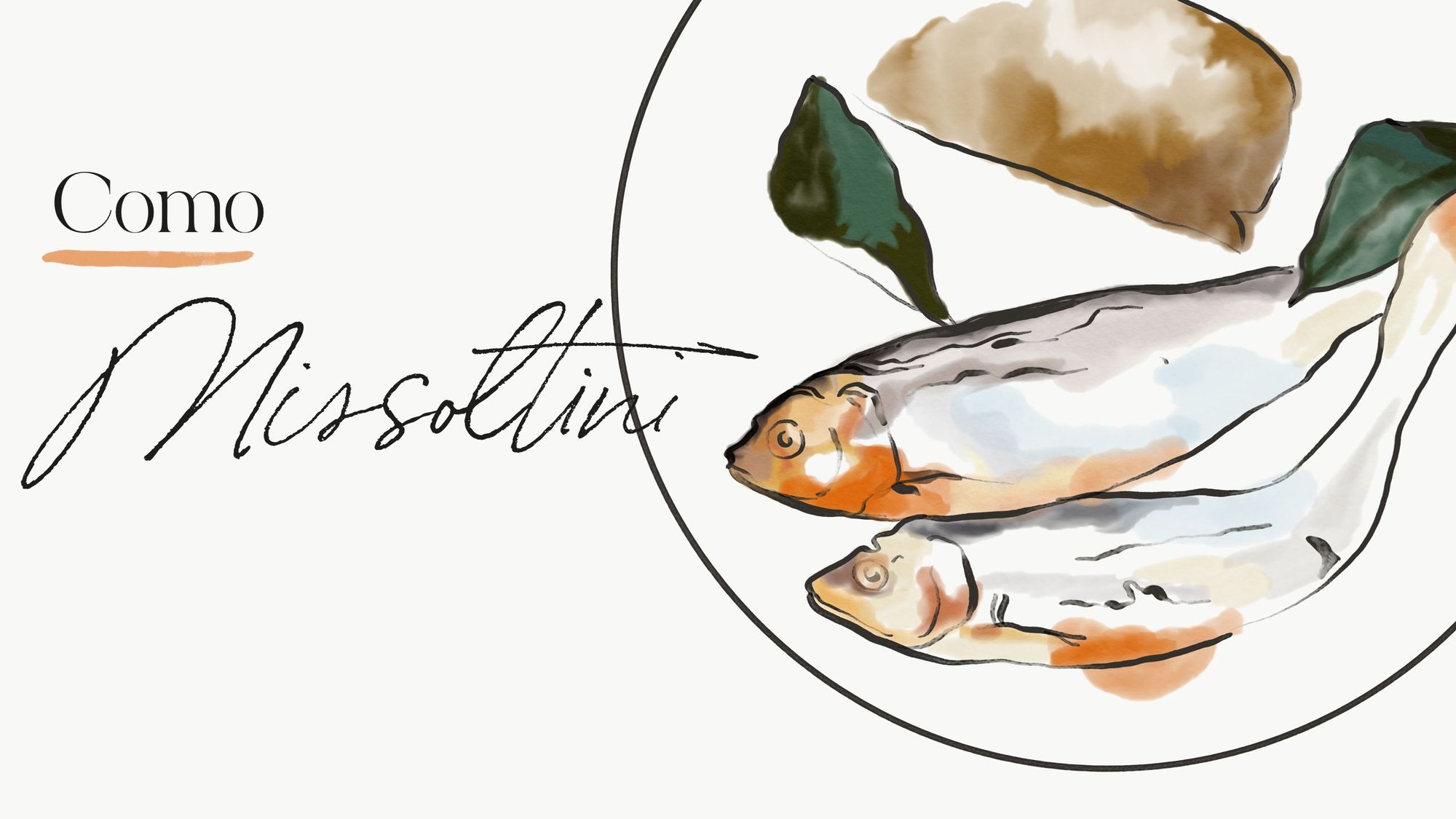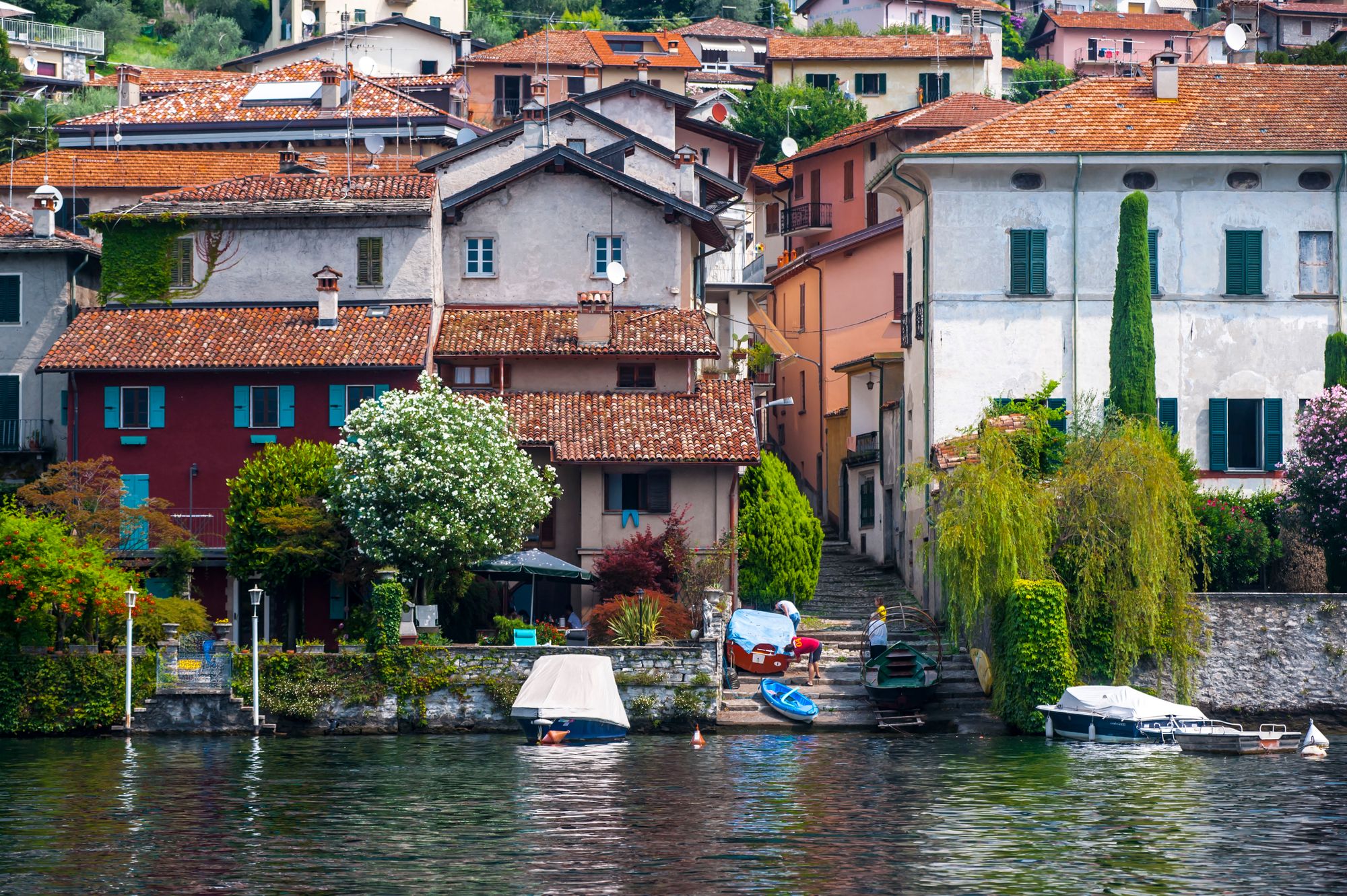
Lombardy: The Unesco Capital of Italy
The Lombardy region is home to the highest concentration of magical Unesco sites across the country. Italy, as a whole, has 58 Unesco World Heritage Sites, more than double that of the US with 24. But it is not just the physical sites. From ancient herding practices hidden in its deep mountain ranges to centuries-old violin craftsmanship, many customs and traditions unique to the region are also part of Unesco’s Intangible Cultural Heritage list. Together, they make Lombardy the Unesco capital of Italy and an inspiring destination full of history, art, intrigue and emotions.
Lombardy’s Intangible Heritages
Violin Craftsmanship, found in Cremona
Cremona’s annual entertainment calendar is full of countless music festivals. It is where the centuries-old violin-making tradition lives, a craft that was perfected four centuries ago by the Amati, and Stradivari families. These families along with the following generations founded a legacy that has become central to Cremona’s identity. The Unesco Intangible Heritage is more than visible in the old town, where luthier workshops fill the streets, and violin-makers can be seen spending up to 250 hours to create one instrument: most of them complete just two to six violins a year. Each piece, assembled from over 70 pieces of precious wood, is carved by hand to acoustical perfection, personalised to the musician. Students from all over the world come to Cremona to learn the craft, making it a vibrant city that lives and breathes world-class music year-round.
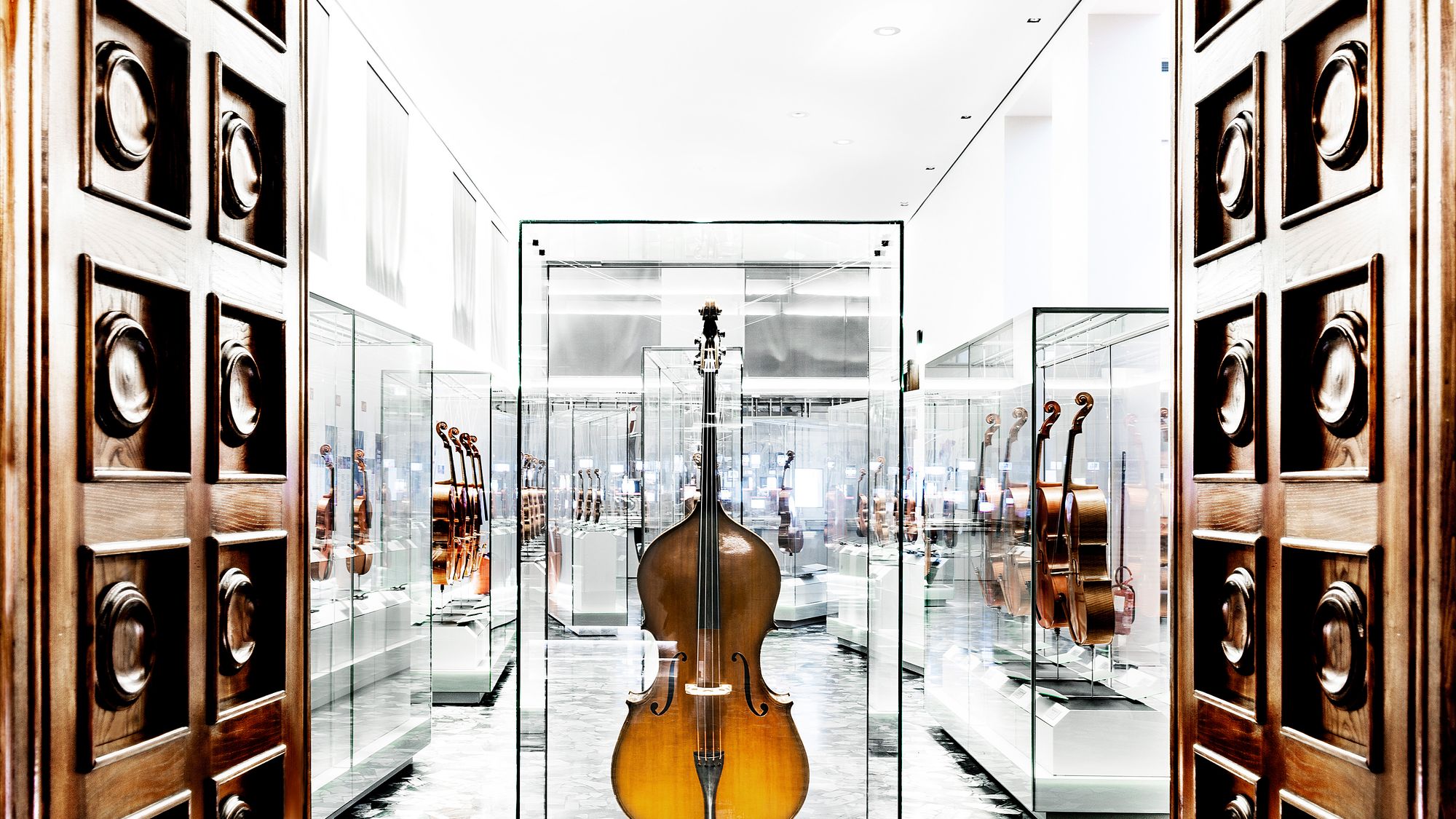 The Violin Museum, Cremona
The Violin Museum, CremonaTranshumance, or Seasonal Migratory Herding, celebrated in Bagolino, Schilpario
In the towns of Bagolino and Schilaprio of the Brescia and Bergamo provinces, the descent of cattle from the mountains in autumn is a highly anticipated moment of the year. During these transhumance festivals, cattle and herders parade across the town, greeted by locals and visitors dressed in traditional garb.
Since ancient times, the practice of transhumance has shaped the lives of the local communities in Lombardy’s mountains: in the spring, groups of herders depart with their livestock for the cooler highlands, passing through centuries-old mountain routes; in autumn, they return to the valleys, where the animals are kept warm in the stables for winter. The herders possess invaluable knowledge of the land, animals, managing resources, the climate, and skills in food preparation and handicraft, passing them on from one close-knit member to another.
As for the migrating animals, feeding on rich mountain pastures means excellent quality dairy - more reason why the local cheese is an unmissable treat for onlookers at transhumance festivals. At Bagolino, for instance, bagòss cheese, a hard cheese made from alpine cow milk and saffron, is a gourmet speciality served all over town.
Alpinism, explored across Lombardy’s mountains, especially in Lecco
The limestone mountains of Lecco have lured many mountaineers who, in the early days of the sport, took to its rocky faces with simple homemade pins and pure endurance built through long hours of factory work. It was not long before they were found conquering steep icy slopes in the Dolomites, inspiring generations of alpinists to follow in their rugged paths. From Lecco’s iconic Monte to the rest of Lombardy’s mountainous ranges (the Alps and the Prealps make up approximately 40% of the region’s geographical area), alpinism has been bringing people together, joined by a culture of shared knowledge and connecting rope. Thousands of routes can be found across the region, and Lombardy’s many alpinist clubs offer a wealth of information for climbers and mountaineers of all levels.
The Art of Dry Stone Walling, observed in Valtellina
Over countless generations, farmers of the Valtellina valley have used the age-old technique of dry-stone walling to shape arid rocky mountain slopes to cater to their needs. Dry stone walling involves stacking stones to make solid constructions with nothing other than the occasional use of dry soil as a filler. Sitting in perfect harmony with nature, these stone walls become living structures that enrich the biodiversity of the surrounding environment and are an excellent example of ancient rural engineering.
The Via dei Terrazzamenti in Valtellina gets visitors up close to the millennia-old structures. Connecting 70km between the towns of Morbegno and Tirano, it is an easily accessible pedestrian path dotted with wineries, where local Sforzato wine is always on the menu.
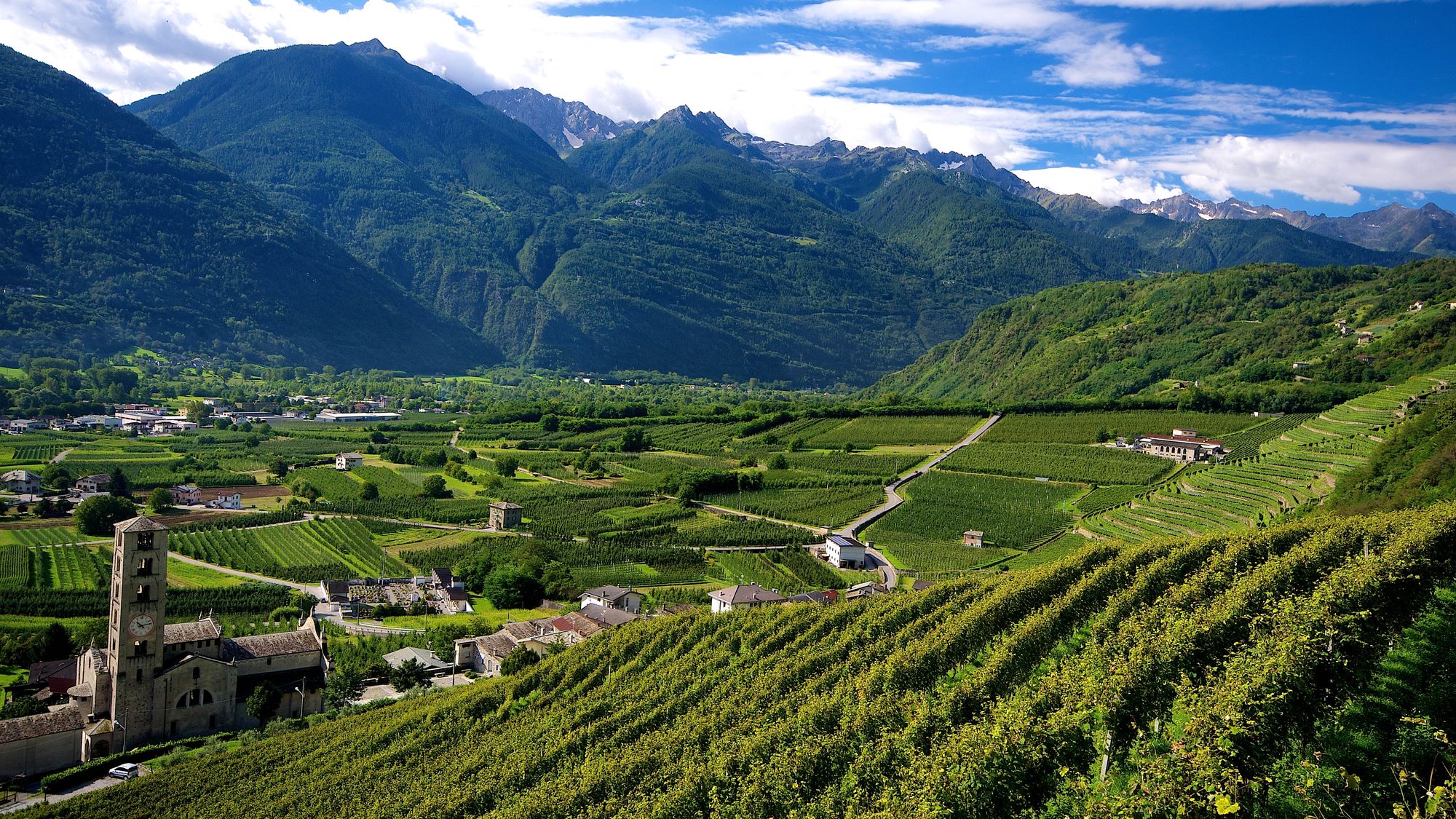 The Art of Dry Stone Walling, Valtellina
The Art of Dry Stone Walling, ValtellinaLombardy’s Unesco Heritage Sites
Sacro Monte di Ossuccio, Tremezzina - Ossuccio
A short drive northwest of Como town lies Ossuccio, where a pleasant path among olive trees connects fourteen Baroque-style chapels of the 17th century. Pilgrim or not, the trek up this pre-alpine crag to Sacro Monte di Ossuccio, one of nine Sacri Monti, or Sacred Mountains, is the perfect setting for quiet contemplation. Chapels of varying shapes - octagonal, quadrangular, circular - adorned with magnificent frescoes and life-size statues illustrate the Mysteries of the Rosary. The path leads to the Sanctuary on the summit, where you are rewarded with spectacular views over Lake Como.
Santa Giulia Museum, Brescia
For history buffs, the Santa Giulia Museum, extending over 14,000 sq m in the city of Brescia, is an unmissable centre of rare archaeological finds. The enormous complex displays about 12,000 works that trace the history of the city of Brescia, formerly Brixia, from prehistory to the Renaissance. The site was a former female monastery founded in 753AD by the last King of the Lombards (rulers of the Italian peninsula from 568-774) who resided in the ancient city.
Bernina Express Train, Tirano
Bullet Train, Snowpiercer, or Strangers on a Train - the Bernina Express Train ride is the real deal that beats any on-screen train trip. The 122 km railway, opened in 1904, passes through scenes of unspoilt alpine landscapes from valleys, forests, villages, and lakes, to majestic glaciers, connecting the Italian town of Tirano to St. Moritz and Thusis in Switzerland. Not only is it one of the most scenic train lines in the world, but it is also one of the steepest and highest, reaching an altitude of 2,253m above sea level. With 55 tunnels and 196 bridges, it represents an architectural and civil engineering feat, and a train ride where you will never doze off.
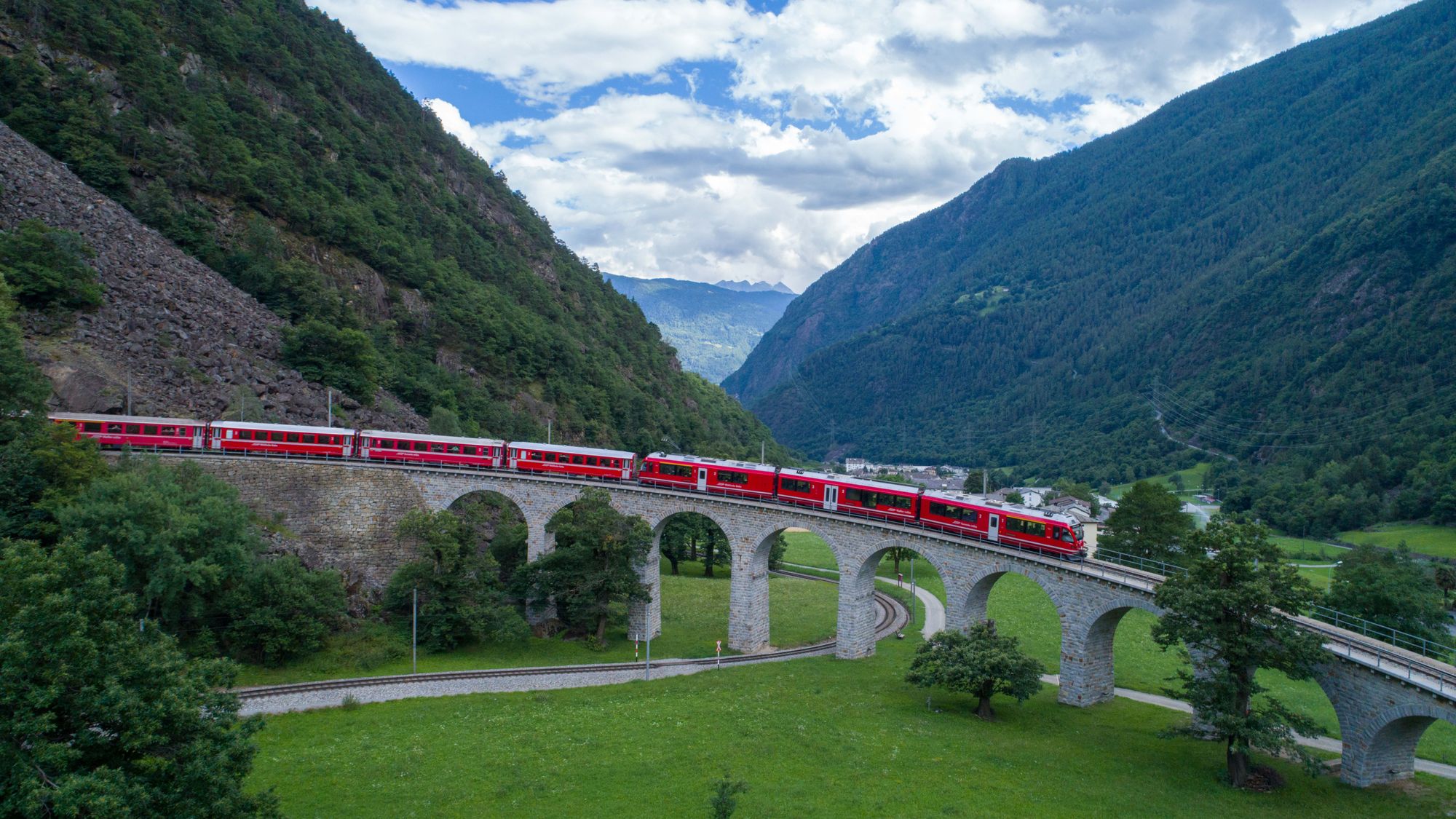 Bernina Express Train, Tirano
Bernina Express Train, TiranoThe Last Supper by Leonardo da Vinci, Milan
It is a miracle that Leonardo da Vinci's iconic work is still standing today. The late 15th-century masterpiece started as a mural painting in the monks dining hall at the Santa Maria delle Grazie monastery and was damaged, tampered with, and risked being lost entirely over the centuries, almost bombed to pieces during WWII. Constant restoration and conservation efforts protect against further deterioration of this extraordinary work. It is an incredible display of da Vinci’s ground-breaking techniques of the time and to see it with your own eyes is an awe-inspiring experience.
Bergamo’s Venetian Walls, Bergamo
They were built in 1561 by the Republic of Venice to protect the ancient city from enemy attacks, but Bergamo's walls were fortunate enough to never see a single artillery blow. The walls run the 6km perimeter of the old town, also ‘Upper Town,’ from which, on a clear day, the snow-capped peaks of the Orobie Alps can be observed. Fourteen bastions, two platforms, a hundred embrasures for cannons, four gates, underground passages and plenty more military elements make for a captivating stroll.
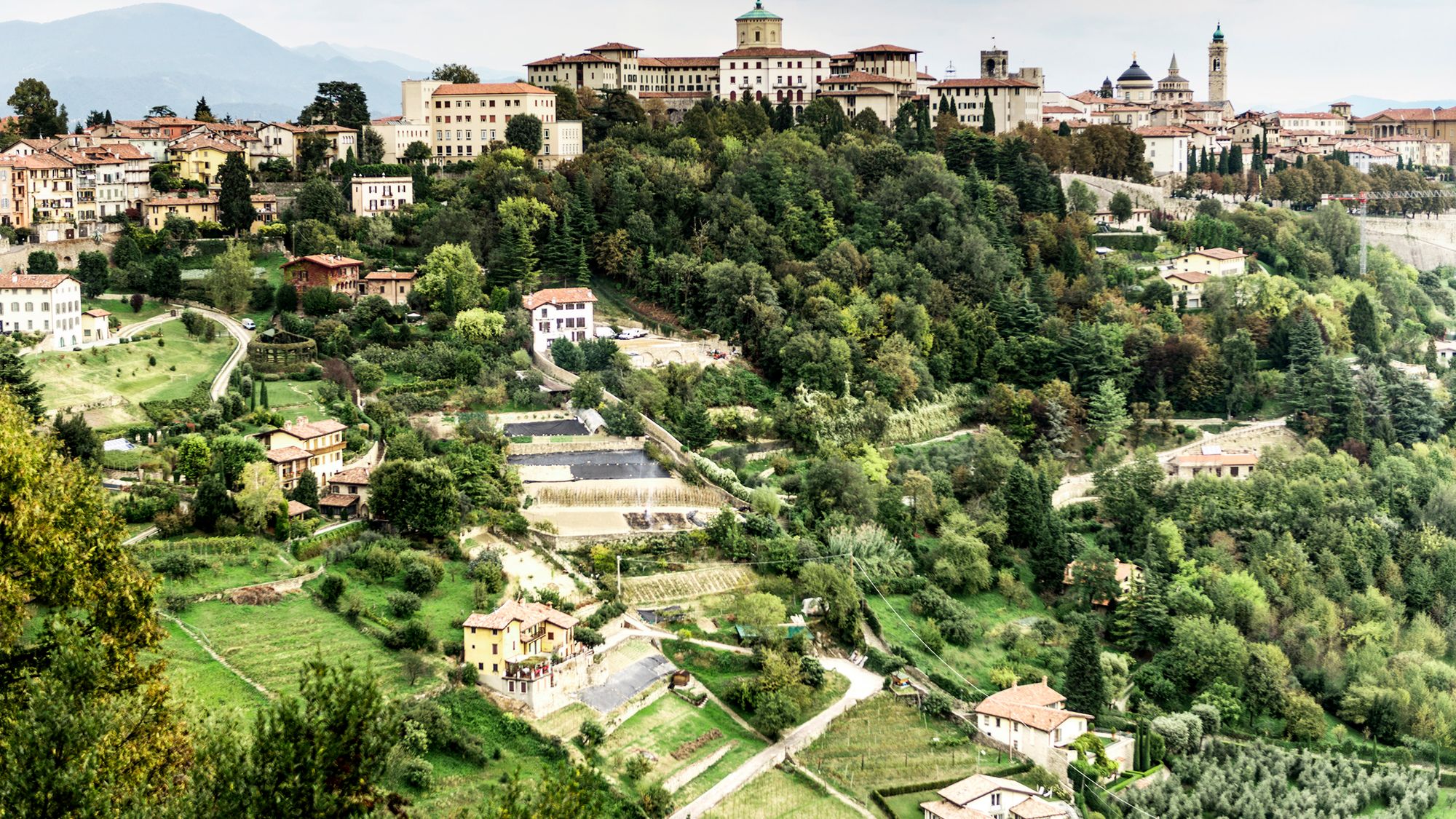 A view of Bergamo's Venetian Walls
A view of Bergamo's Venetian WallsThe Ancient Cities of Mantua & Sabbioneta
The eternal beauty of Renaissance architecture lies in the fundamental principles that the architects adhered to. They were obsessed with symmetry, shapes, proportions, and measures linked to principles of rationality and science. In the 16th century, the Gonzagas of Mantua put these urban planning philosophies into practice, constructing an entire city from the ground: Sabbioneta. Along with neighbouring Mantua, these are two outstanding examples of Renaissance town planning: Mantua as the evolution of an existing city, while Sabbioneta as the implementation of the dreamlike dimensions of Renaissance ideals.
Rock Carvings National Park, Valle Camonica
A glimpse into prehistoric lives, this precious archaeological site is one of the largest of its kind worldwide and has more than 140,000 rock carvings formed over about 13,000 years. The carvings, or petroglyphs, depict aspects of daily life in these mountains of Brescia: symbols and figures found on over 100 rocks narrate stories of hunting in the Neolithic times to conflicts in the Iron Age.
Crespi d’Adda Workers Village, Bergamo
Located a half-hour drive from Bergamo city, overlooking the Adda River, Crespi d’Adda Workers Village is a picture-perfect version of a 19th-century ‘workers’ village.’ Much like Hershey in Pennsylvania, Lowell in Massachusetts, and Pullman in Illinois17 - company towns that sprouted up during the industrial boom - it was created by the textile magnate Cristoforo Crispi who envisioned a self-contained village where workers and their family’s needs were looked after in its entirety. Homes with gardens, schools (and free education), shops, an indoor swimming pool, a hospital, a Renaissance-replica church (and priest’s residence), and even a cemetery, are just some of the structures that have stopped in time at Crespi’s village.
From prehistoric storytelling to vibrant traditions that colour its cities today, Unesco’s listings are a testament to the rich cultural heritage of Lombardy. They represent some of Italy’s best-kept secrets, so incorporating one or more stops to these marvels is a must for any visit.
All Image Credits: InLombardia
InLombardia
InLombardia is the Official Tourism Board of the Lombardy Region, Italy.
Lombardy is known as the Lakes Region, loved for its lush gardens, gorgeous houses and perfect views. It is much more however, a wealth of culture awaits tourists, as well as the possibility of trying countless outdoor activities and tasting unique food and wine. On our website, you’ll find information, events and plenty of travel itineraries to organize your trip including accommodation and services.


